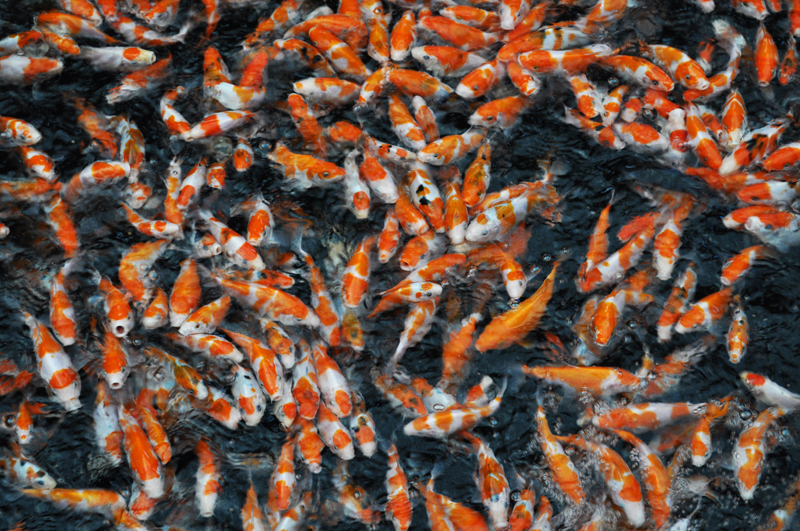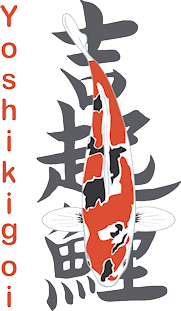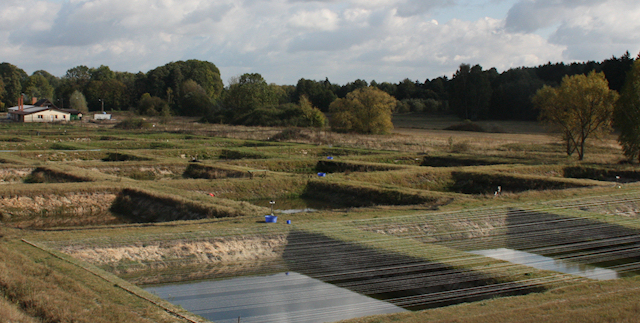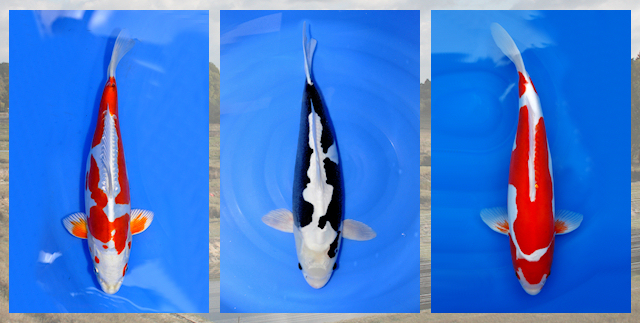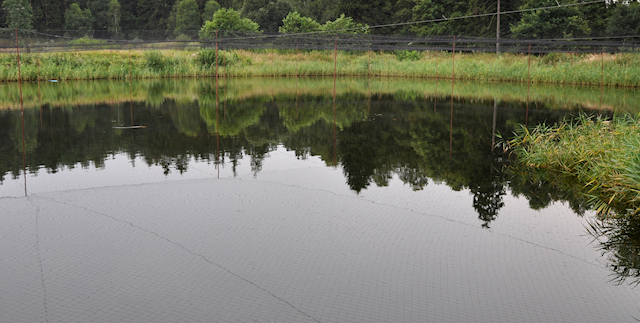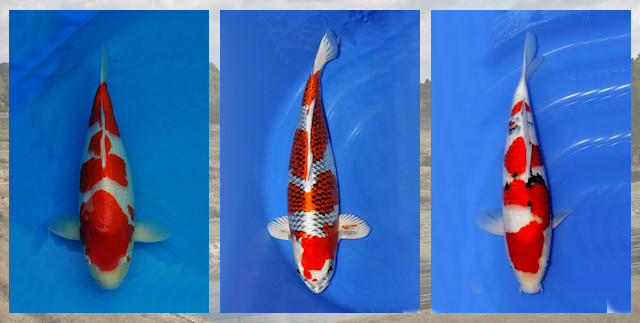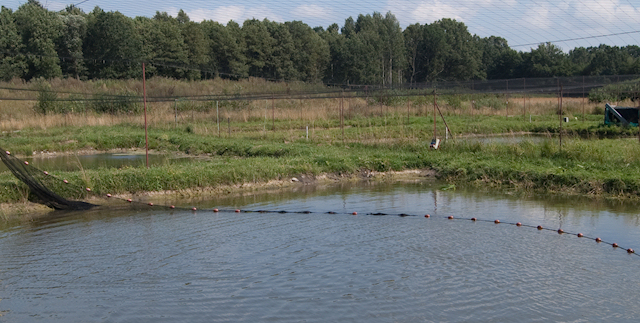NET Protein Utilisation
Part 1
Much has been written about NPU value or Net Protein Utilisation. There are many different facts spouted about Net Protein Utilisation, particularly that one fish meal is better than the other. Another myth is that protein from warm blooded animals is sometimes used in Koifood. Under EU commission regulations it was illegal until 2014 for it to be processed into most foods. Everyone has heard the negative stories about using offal in animal food. The use of Offal in animal foods in most countries is not allowed and will be rejected as an imported product. To be honest, you would have to search long and hard to find a country where it is possible to import this kind of protein in any kind of fish food, in fact I haven’t found one country where you can. For example, when we were applying for the licence to ship to Yoshikigoi food to the USA, it took over a year before we were granted permission to import the Yoshikigoi Koifood. This was all for the sake of this regulation and the checks that preceded the permits.
So you can see that the requirements are very strict indeed.
The net protein utilisation of each food is not based on any other ingredients often quoted in the food industry, and food manufacturers are also under strict supervision when it comes to applying the rules. It is important for us to understand that no offal is used in Koi food, so it is actually misleading to mention it, and doing so gives a false impression of the food. Offal has a lower protein content , is often not handled with care and can become less fresh. Of course it is important to know which are the body’s natural proteins and which are not, but additional animal proteins derived from offal are not found in koi food.
An exception to the rule is the growing use of blood meal as a protein replacement for fishmeal. The use of blood meal may become eligible for an exception to the EU commission requirements for fish food, but not for animal food. However Food produced this way cannot be exported to most countries outside the EU. For example the first question from the food and consumer product safety inspectorate of America is very clear on this, the import of food with protein derived from warm-blooded animals is not allowed. Certain disease strains can be carried forward so a block on this practice was emplaced.
A good koi food has a net protein utilisation of 65 to 70%, so it would be good if this was clearly stated on the label of the food packaging.
Protein from fish meal is absorbed more easily than it is from soya protein. So in other words, in koi food with high Soya protein content, utilisation is lower than from a koi food with a high fish meal content.
The difference in the quality of fish meal varies depending on the areas and the depth at which the fish are caught. Fishmeal produced by fish from deeper water and from more remote locations away from human habitation is always more expensive. This is because the fish are “pollution free” and also because it is much more expensive to catch these fish. Just think about the distances that the ships have to travel to catch them. Carnivorous fish in particular, that live in deep water, experience less environmental fluctuations because of their living conditions and have the highest protein value with a low fat content. However, this makes this fish meal the most expensive in the world and has a direct and corresponding influence on the price of the food.
Another point which affects the quality is whether the fish meal comes from the whole fish, or fish without offal.
The lowest protein quality fishmeal is made entirely from fish offal. Also, different types of fish can deliver a different protein content. For example, fishmeal made from Herring has a higher protein content than fishmeal taken from Anchovy caught off South America.
For those who are interested this is how the production process from fish to fishmeal works.
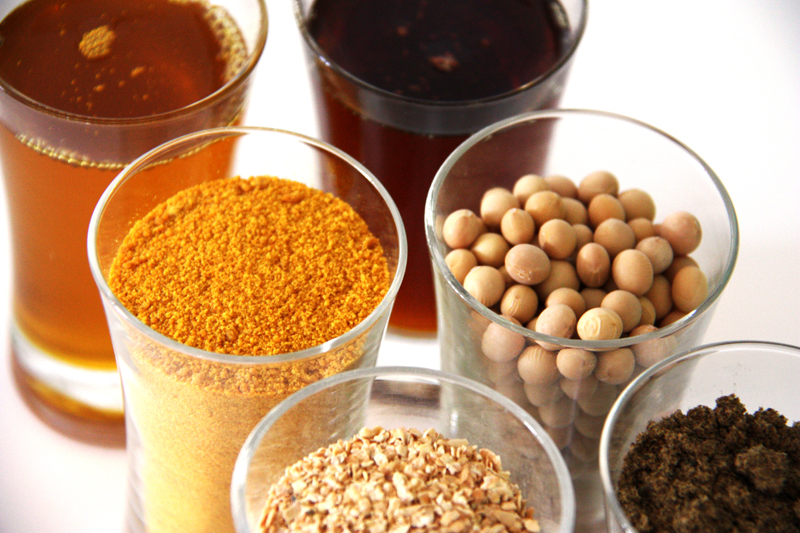
Fish Meal Production.
Most fish meal is extracted from fish that are specifically caught for fish meal production. First of all the fish products are cooked ( 90C ). Next, the liquid and solid form are separated by pressing. The solids consist mainly of the meat and the bones of the fish and the squeezed and separated liquid consists of oils and water. This contains mainly dissolved salts and protein-like compounds. To extract the oils from this liquid, it is then centrifuged. The remainder (in technical terms) is often referred to as stickwater, is sometimes thickened and then merged with the solids from the first process. In high-quality fishmeal, this concentrated stickwater will not be mixed with the solids, but will be sold as a separate product or discharged as waste product.
In dry powder form, this stickwater contains almost as much protein content as the solids. The big difference is that the protein from the solid form consists almost entirely of amino acids, while the stickwater has a maximum of 60% amino acids. Also, stickwater contains so-called chemical N compounds solutions. Some of these are NH3 (ammonia) and trimethylamine (also a colourless, flammable gas that has a strong fish smell) and biogenic amines. I will explain biogenic amines later.
In the trade, fish meal where the stickwater has been added is sold as full fish meal. This fish meal is made up of about 20% of stickwater .
Fish meal where this stickwater is not added is considered by the trade to be the higher quality fishmeal. This fish meal has a higher Protein resistance. Protein resistance means the group of resistant proteins found in food that will be digested by the intestine, not in the stomach. What does this actually mean in simple terms? In order to find out, they place a nylon bag full of the feed material they want to test in a cow stomach. The percentage of what is remaining after incubation in the stomach we call protein resistant.
These remaining proteins are not broken down by the Stomach Microbes but later on in the small intestine and these are the proteins that are made directly available to the animal itself.
Here’s something to think about, to make soya protein more resistant they use formaldehyde.
The percentage of resistant protein then increases from about 35% to over 80%.
